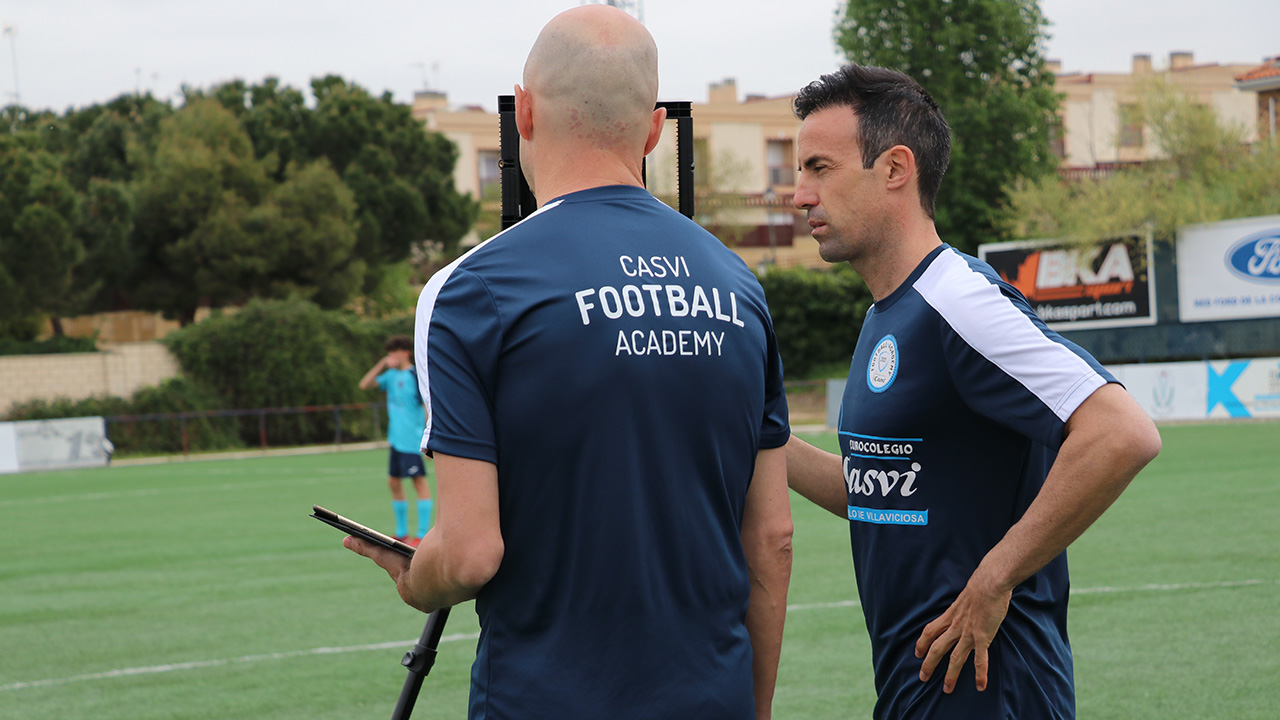
THE IMPORTANCE OF PREVENTION IN FOOTBALL
FOOTBALL IS THE MOST POPULAR SPORT IN THE WORLD
Regarding injuries, studies show higher rates of injury occurrence in football as compared to other sports, which may lead to a number of related problems. Despite the great developments achieved in the field of injury prevention, the rate of injuries in football remains really high.
The problem with injuries in professional football causes, on the one hand, severe financial losses for clubs. On the other hand, it may also result in a decrease of the team’s performance due to the medical leaves of some players. In the case of educational football, the main problem is the loss of opportunities for the development of motor skills and the potential consequences they may have on the normal development of the player.
That is why the development of a proper injury prevention model is one of the most important aspects in the training of players, focusing on the analysis of their “weak links” and the implementation of individualised work programmes based on previous analyses.
Any project to be implemented in the field of injury prevention must begin with the study of the player’s own injury history, which is instrumental as a starting point.
From there, we will focus on player screening, and on those aspects proven to be key in the field of prevention: quality of certain movements, joint mobility, muscle strength and neuromuscular imbalances. By means of the study and use of techniques aimed at improving landing strategies, body mechanics, balance and appropriate movement patterns, players will be able to reduce their risks and improve their performance.
Besides, during educational stages it is important to stress the importance of sticking to preventive programmes, as the high rates of injury in football, despite major developments in prevention, are directly caused by a lack of preventive programmes. That is why early ages are the best time to acquire those habits that will allow us to improve prevention routines in the future.
“The development of a programme of ongoing testing for the assessment of
any athlete is essential to optimizing training programme design,
reducing injury or illness risk,
increasing career longevity,
and maximizing sports performance.”
Robert U. Newton
Principles of Athlete Testing, 2011



